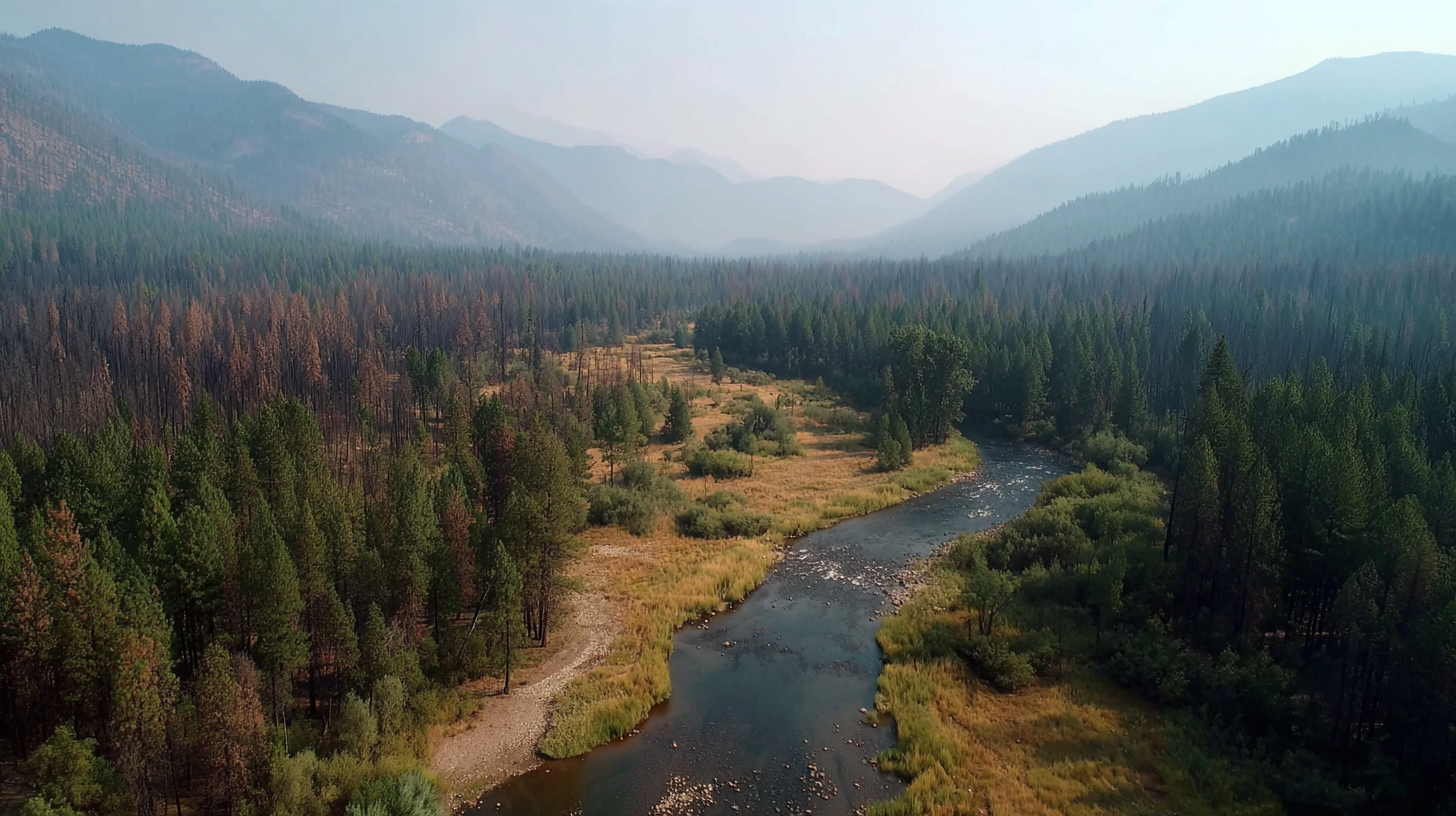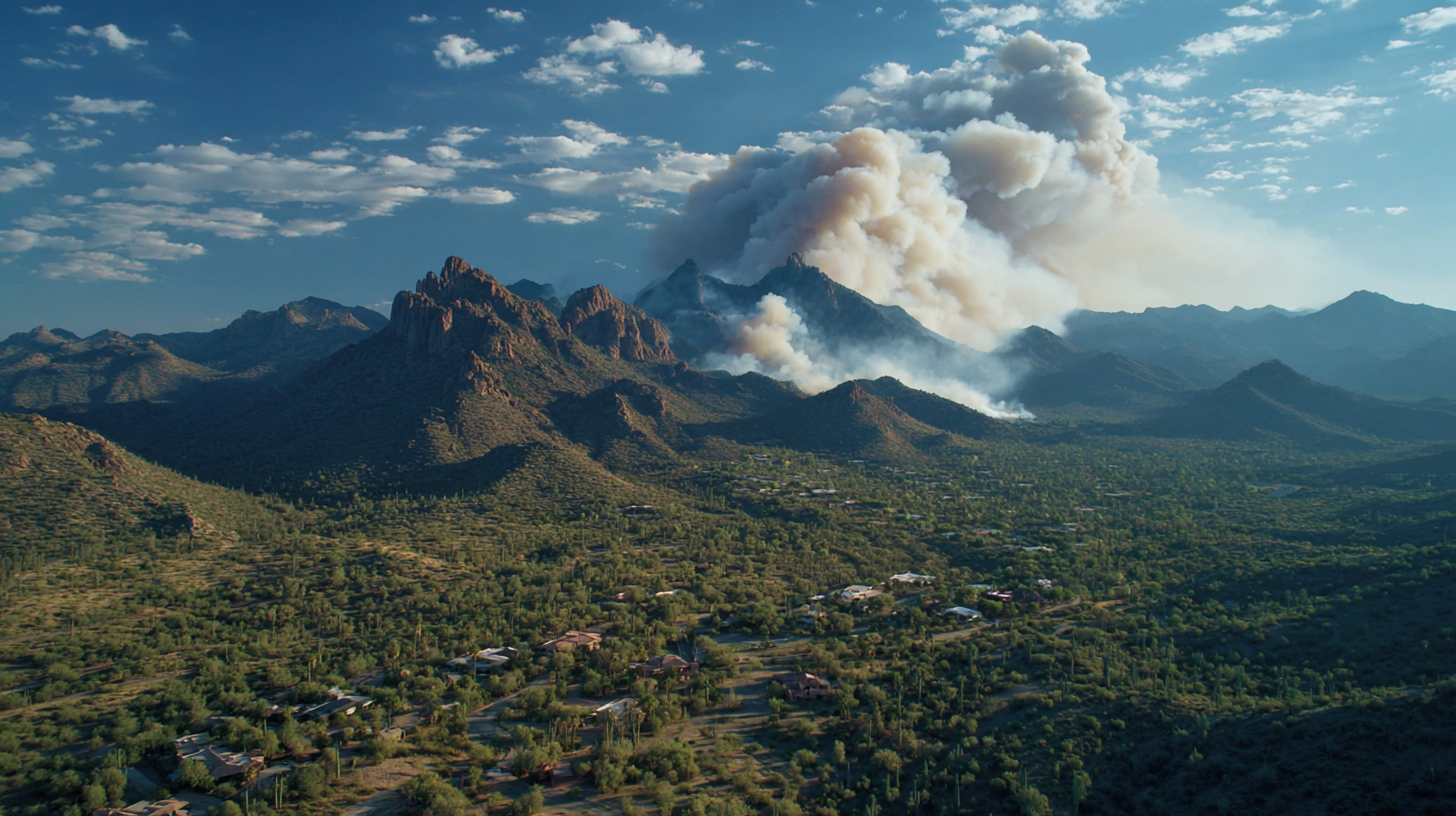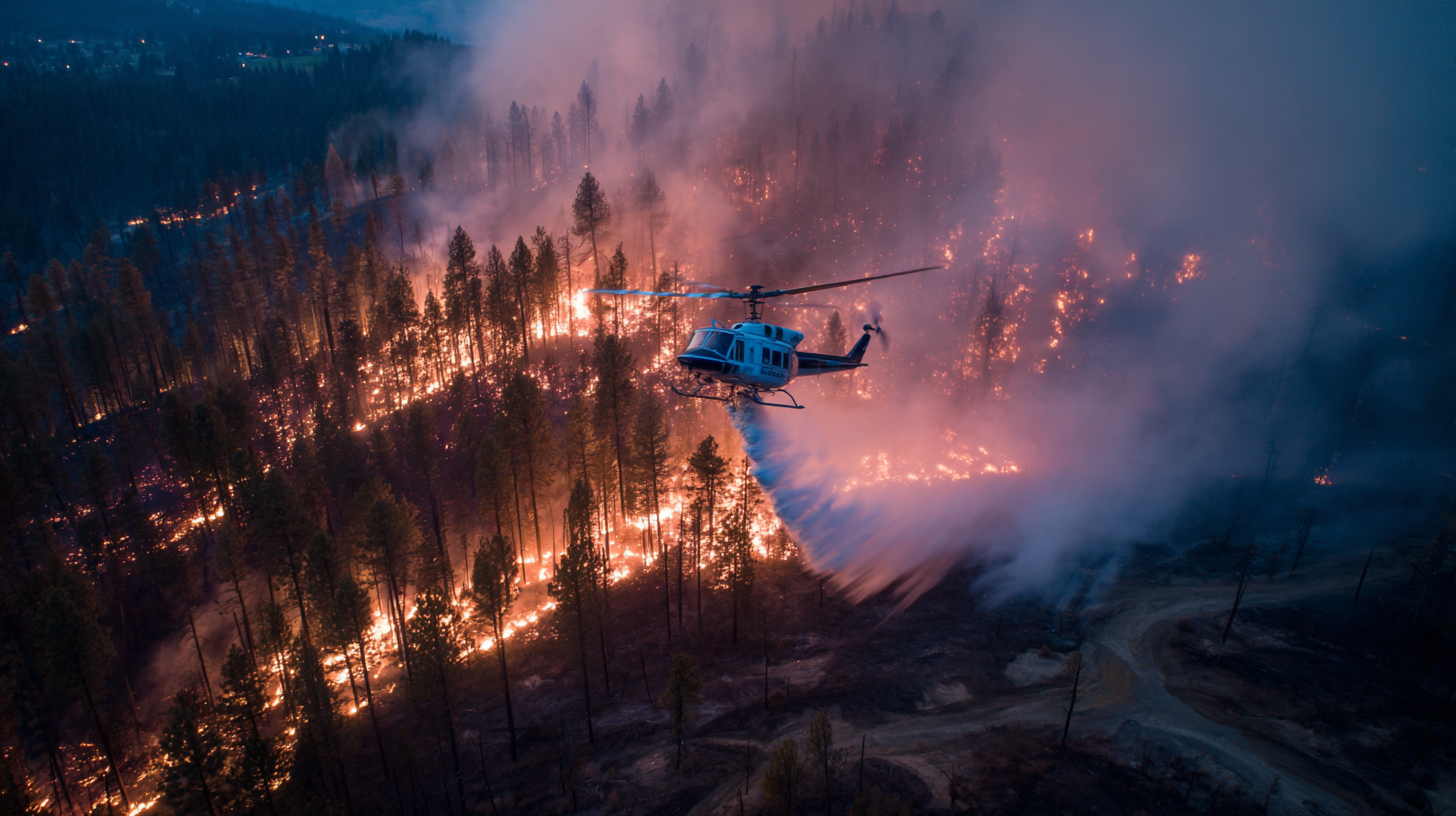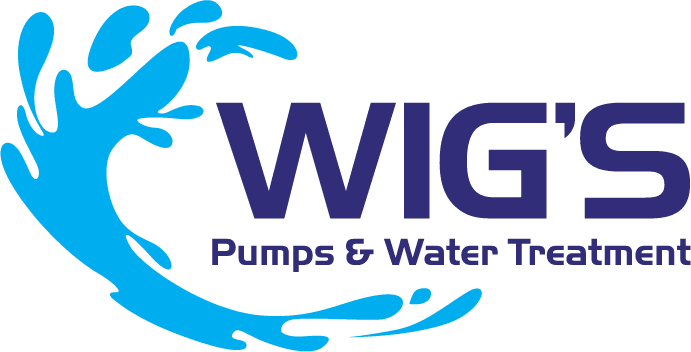Exploring Innovative Wildfire Water Solutions to Protect Our Communities and Environment
As wildfires continue to pose a significant threat to communities and ecosystems alike, the need for effective wildfire water solutions has never been more pressing. The National Interagency Fire Center reports that wildfires burned over 10.1 million acres in the United States alone in 2020, underscoring the urgency to innovate our approaches to fire management and prevention. Traditional firefighting methods often prove inadequate in the face of rapidly spreading flames, prompting researchers and industry leaders to explore alternative strategies that incorporate technology, infrastructure development, and community engagement. By harnessing advanced techniques such as aerial water delivery systems, engineered water retention landscapes, and community-based water-sharing initiatives, we can enhance our resilience against wildfires. This article delves into the exploration of innovative wildfire water solutions, examining their potential impacts on safeguarding lives, properties, and natural resources while fostering sustainable practices in fire management.

Identifying Effective Water Sources for Wildfire Mitigation
As wildfires become increasingly frequent due to climate change, identifying effective water sources for wildfire mitigation is crucial. Recent reports from the National Interagency Fire Center indicate that over 70,000 wildfires burned approximately 4.5 million acres in the United States in 2022 alone. This underscores the need for innovative water solutions that can enhance our firefighting capabilities and protect vulnerable communities.
One promising approach lies in the use of reclaimed water. According to the Water Environment Federation, the use of treated wastewater for wildfire suppression can significantly reduce the demand for potable water during firefighting efforts. This method not only conserves drinking water resources but also provides a reliable source for emergency response teams. Additionally, incorporating rainwater harvesting systems can bolster these efforts, especially in regions prone to drought. Data from the U.S. Environmental Protection Agency shows that utilizing rainwater can lead to a reduction in runoff and flooding while supplying an alternative water source during emergencies.
Finally, expanding the use of water reservoirs designed specifically for wildfire response can optimize water allocation. These dedicated reservoirs can be strategically located in high-risk areas and filled with a mixture of potable and non-potable water. Studies suggest that having readily available water sources near fire-prone regions can enhance response times by up to 30%, ultimately saving lives and reducing environmental impacts. By prioritizing such innovative solutions, we can better prepare our communities to face the growing threat of wildfires.
Exploring Innovative Wildfire Water Solutions to Protect Our Communities and Environment
| Water Source | Location | Type of Water | Potential for Wildfire Mitigation | Notes |
|---|---|---|---|---|
| Reservoir A | California | Freshwater | High | Supports community and environmental needs |
| River B | Oregon | Freshwater | Moderate | Seasonally fluctuates |
| Lake C | Washington | Freshwater | High | Consistent water level |
| Aquifer D | Arizona | Groundwater | Moderate | Recharge rates vary |
| Treatment Plant E | Nevada | Recycled Water | High | Used for irrigation and fire prevention |
Implementing Advanced Water Delivery Systems in Fire-Prone Areas
In fire-prone areas, advanced water delivery systems play a crucial role in safeguarding both communities and natural ecosystems. Implementing innovative technologies such as aerial water drones, remote monitoring systems, and integrated water networks can dramatically enhance the speed and efficiency of water delivery during wildfire emergencies. This proactive approach not only enables rapid response to fire outbreaks but also ensures that adequate resources are in place to prevent the escalation of wildfires, protecting lives and property.

Integrating Technology and Data for Real-Time Water Management
The integration of technology and data analytics plays a pivotal role in enhancing real-time water management systems, especially in the context of sustainable smart cities. Machine learning and the Internet of Things (IoT) are transforming how urban water utilities operate. According to industry studies, smart water management systems can lead to a reduction in water loss by as much as 30% through precise monitoring and control of irrigation practices. This not only conserves water but also improves agricultural yield, promoting sustainable farming and resource efficiency.
In the face of global water crises, leveraging data visibility is crucial. India's water crisis exemplifies this; despite the scarcity, the lack of actionable insights exacerbates the situation. By implementing digital water grids, communities can utilize machine learning algorithms to analyze consumption patterns and predict demand, leading to more efficient water distribution and management. Research indicates that water utilities adopting advanced data analytics and IIoT technologies have successfully reduced operational costs and enhanced service reliability, underscoring the importance of integrating real-time data solutions to safeguard our communities and the environment.
Collaborating with Local Communities for Sustainable Water Solutions
Collaboration with local communities is crucial in developing sustainable water solutions that effectively mitigate the escalating risks posed by wildfires. According to the U.S. Forest Service, nearly 80% of the country’s wildfires occur in areas where communities are directly affected. Engaging these communities not only increases awareness but also fosters the shared responsibility of managing water resources. By integrating traditional knowledge from Indigenous practices with modern technology, we can create innovative water management systems that enhance resilience against wildfire threats.

Moreover, a report from the National Oceanic and Atmospheric Administration indicates that water scarcity exacerbates wildfire conditions, with projections showing that by 2050, around 1.8 billion people may live in regions with absolute water scarcity. Communities can harness local resources, such as rainwater harvesting and greywater reuse systems, which have proven effective in areas like California where drought conditions are prevalent. Implementing such initiatives can significantly alleviate pressure on freshwater sources while promoting environmental stewardship. Building these collaborative frameworks not only protects local ecosystems but also empowers residents to take charge of their water management strategies in the face of increasing wildfire risks.
Assessing the Environmental Impact of Water Usage During Wildfires
Wildfires pose a significant threat to both communities and the environment, prompting the need for effective water management strategies during such crises. However, the assessment of the environmental impact of water usage during wildfires reveals a complex relationship. While immediate firefighting efforts can save lives and property, the extraction and application of large volumes of water can lead to unintended ecological consequences. Over-extraction from nearby water bodies can diminish aquatic habitats, disrupt local ecosystems, and affect water quality downstream.
Moreover, the chemicals often mixed with water during firefighting operations, such as foams and retardants, may pose additional risks. These substances can adversely affect soil health and water systems, leading to long-term repercussions that could outlast the wildfires themselves. The challenge lies in balancing the urgent need to combat fires with the need to preserve the integrity of environmental resources. Innovative solutions, such as the use of bio-based fire retardants and integrated water management systems, are critical in minimizing negative impacts while effectively protecting communities from the devastating effects of wildfires.


